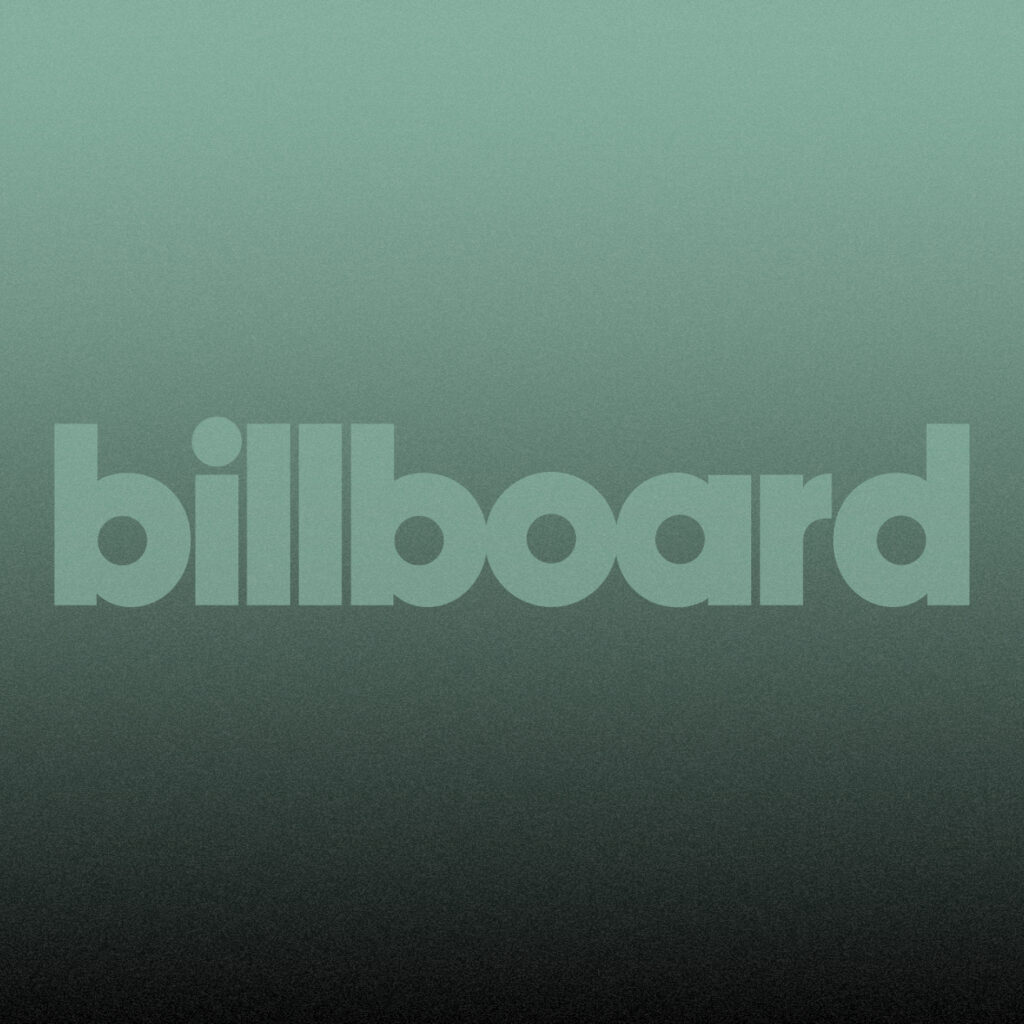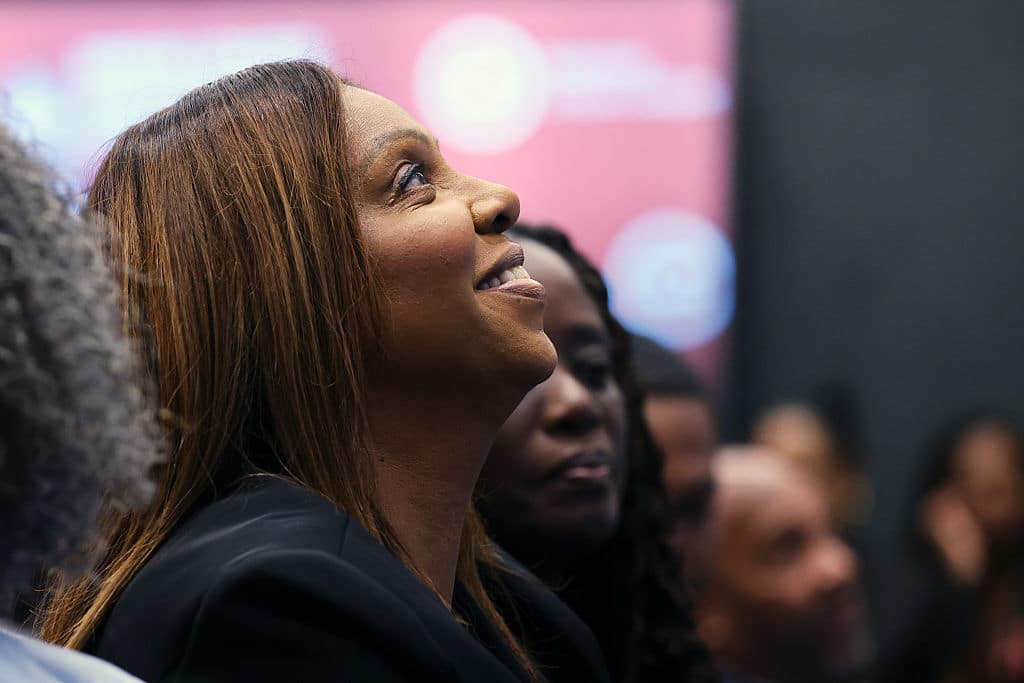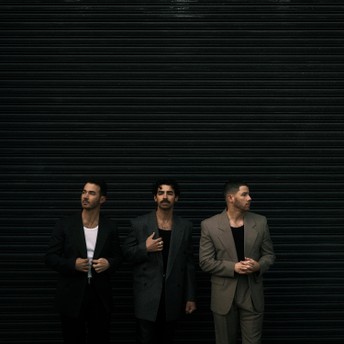Author: djfrosty
Page: 25
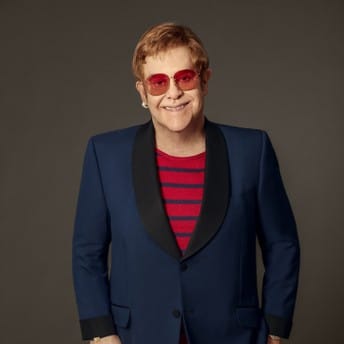
Trending on Billboard
Elton John has called time on full-scale touring. That hasn’t changed, but he’s still standing, he’s done almost a dozen private shows this year, and he’s cracking on with new music.
Explore
See latest videos, charts and news
The legendary British pop artist spoke with Variety for a dive into his philanthropy and fundraising efforts for HIV/AIDS, his love of Chappell Roan, his own health problems, and the road ahead.
Creating music, well, he’s not turning his back on it anytime soon.
“But I tell you what,” he insists, “I’m singing better than I’ve ever done before, and I’m playing really well, and I’m enjoying it, and that is helping me a lot.”
Elton’s farewell tour wrapped up in 2023, Almost five years after launching, the Farewell Yellow Brick Road jaunt grossed $939.1 million and sold 6 million tickets according to figures reported to Billboard Boxscore.
These days, Elton still puts his hand up for the occasional one-off show, including his recent headlining spot in Singapore for the F1 Grand Prix, and for TV specials, including An Evening With Elton John and Brandi Carlile, produced by Fulwell Entertainment and shot in March at the London Palladium to promote their joint album Who Believes in Angels.
Music has “been my whole life and has given me so much and takes me on journeys that I never thought I would ever go on — and it’s still doing that,” John explains. “I just like doing the odd thing. It pays the rent very well, and it keeps me musical. I just can’t wait to go into the studio now and write some new songs and go from there.”
Elton is battling with vision problems, but he has a workaround — a teleprompter — and his friends from the music community are never far away, with offerings of encouragement, love and support.
“Paul McCartney FaceTimes me to see how I’m doing. It’s really beautiful,” he enthuses. “The love I’ve received from him and from Pete Townshend and Mick Jagger and people like that have been amazing. Or you get an email from Keith Richards saying, ‘Hello, darling, how you doing? You know we love you,’ and that’s it, but it just makes my day.”
A followup to Who Believes in Angels, which went to No. 1 on the Official U.K. Albums Chart and cracked the top 10 on the Billboard 200, might not be far away.
Elton has “seven new lyrics” from longtime collaborator Bernie Taupin. And “they’re really, really good, so I can’t wait to go in the studio with Andrew [Watt, his recent favorite producer] and just write and see what happens.”
It was Elton who presented Taupin with the Musical Excellence Award at the 2023 Rock and Roll Hall of Fame Induction Ceremony. John was inducted in the Rock Hall class of 1994.
Who Believes in Angels? debuted at No. 9 on the Billboard 200 chart dated April 19, marking the 22nd top 10 for John and fourth for Carlile. In his homeland, Angels gave Elton a landmark 10th U.K. chart leader, and a first for Carlile.
Trending on Billboard
He has danced the Paso Doble, the Jive, the Foxtrot, and he’s an expert at handling deadly wildlife. When the votes were counted, and the results announced Tuesday night (Nov. 25), Robert Irwin added the Len Goodman Mirrorball Trophy to his growing list of accomplishments.
Explore
See latest videos, charts and news
At night’s end, Irwin and his dance partner Witney Carson were crowned champions of Dancing With The Stars, completing its 34th season.
Irwin has followed in the footsteps of his late father, the environmentalist and beloved TV star Steve “Crocodile Hunter” Irwin. And with his DWTS win, the 21-year-old Australian follows the journey of his own sister Bindi, who won the competition back in 2015, for season 21.
For the finale, the final five of Alix Earle, Dylan Efron, Elaine Hendrix, Jordan Chiles and Robert Irwin squared off, as the eliminated contestants watched on and joined in on the excitement.
For the very first time, the remaining couples performed three separate new dances, including the judges’ choice, instant dance challenge and freestyle rounds.
In the end, the man from down under came out on top.
The livewire Aussie had looked the goods throughout the season, with his effortless routines which blended agility, strength, poise and a ready smile. However, Irwin sent a fright through his fanbase when, on the eve of the finale, it was revealed that he was struggling with injury, and was dealing with a rib complaint.
Following “11 weeks of crazy, vigorous, hard dancing,” Carson said in a TikTok, “my body is feeling it. Robert’s body is feeling it. We’re, like, kind of falling apart right now. Just trying to keep it together for, like, two more days. Literally today and tomorrow, and then it’s over.”
Irwin’s “ribs have been killing him,” she revealed. He played through pain, and he’s now a DWTS champion, having closely watched, and learned from, his sister’s winning run a decade ago with Derek Hough.
Season 34 of DWTS aired and streamed simultaneously on ABC and Disney+ each Tuesday, with new episodes available to stream the following day on Hulu.
Final results:
Elaine Hendrix and Alan Bersten (5th Place)
Dylan Efron and Daniella Karagach (4th Place)
Jordan Chiles and Ezra Sosa (3rd Place)
Alix Earle and Val Chmerkovskiy (2nd Place)
Robert Irwin and Witney Carson (WINNER)
Trending on Billboard
When Dom Dolla touches down in Australia, massive things happen.
The EDM star made a whirlwind visit to his homeland last week for the 2025 ARIA Awards, where he collected best dance/electronic release (with “Dreamin” featuring DAYA), his third consecutive win in that category, and global impact recipient award, becoming the first-ever recipient.
At the tail end of 2024, Dom (real name Dominic Matheson) played to 170,000 fans across four shows, the biggest-ever tour by an Australian electronic artist.
Explore
See latest videos, charts and news
Later this year, another entry for the history books. On Dec. 20, he’ll return to the scene of his ARIAs wins with a show at Sydney’s Allianz Stadium, next door to Hordern Pavilion, for what will mark the first time an Australian electronic music artist has played a stadium in these parts.
“Oh man, I’m so excited,” Dom exclusively tells Billboard.com. “We’re really taking the show to the next level. Can’t give away too much, but I’m pumped about how it’s all coming together. The goal is simple – turn a stadium into a nightclub.”
Untitled Group was behind the record-smashing 2024 trek, and the forthcoming open-air spectacle.
Dom has been in the fast lane throughout 2025, during which time he completed residences in Ibiza and Las Vegas; sold-out multiple dates at Madison Square Garden; pumped the party at some of the world’s best-known festivals, and realized a dream with “No Room For a Saint”, his contribution to F1: The Movie.
“There’s no slowing down next year, that’s for sure,” Dom enthuses. The year ahead will include “a few first tours in places like Asia and Latin America which I’m really excited about. And I’ve been writing a ton of new music lately, so I can’t wait to start sharing more of that with everyone soon.”
Next up, a headline spot at 808 Festival in Bangkok, Thailand. Following the Allianz Stadium date, Dom joins Australia’s Beyond The Valley and Wildlands festivals, followed by shows in Japan, Argentina, Colombia, New Zealand, Netherlands and elsewhere.
Might a Dom Dolla artist album emerge from that wealth of new material?
“Right now,” he continues, “I’m just writing as much music as I can. An album might not be right around the corner, but I can promise there’ll be a lot more music next year. I’m really excited about what’s been cooking.”
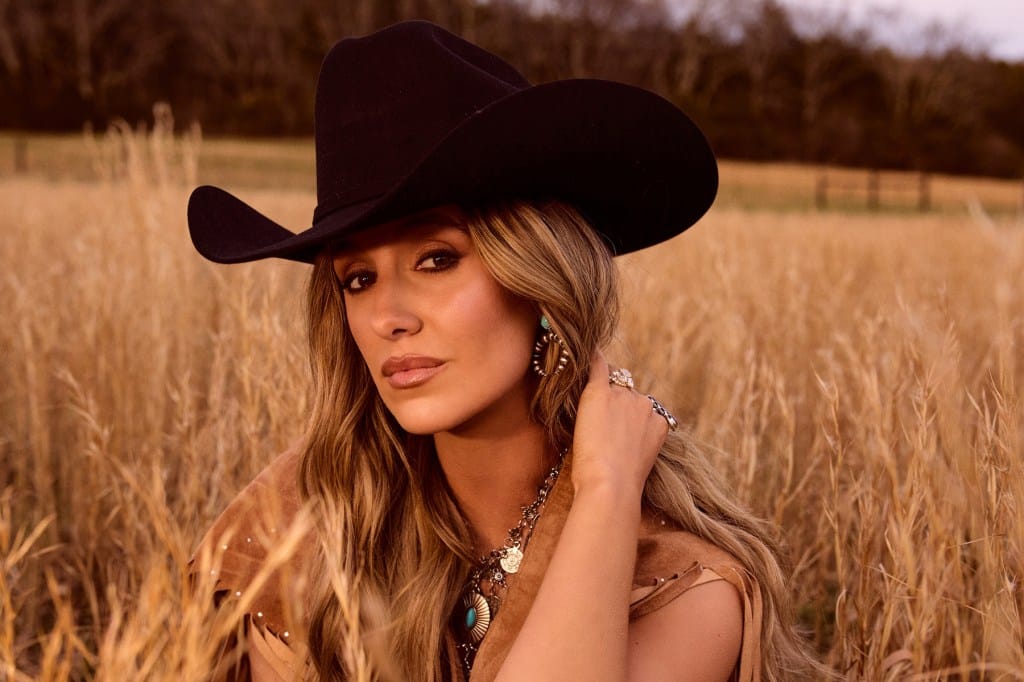
Trending on Billboard Lainey Wilson logs her ninth top 10 on Billboard’s Hot Country Songs chart dated Nov. 29, as “Somewhere Over Laredo” rises 11-9. The track pulls 4.1 million official United States streams (up 3%), 24.6 million in radio audience (up 8%) and 1,000 in sales (up 36%) during the Nov. 14-20 tracking week, […]
Source: Spencer Platt / Getty
Efforts by President Donald Trump to use the judicial system against his perceived enemies took a serious hit, as a federal judge dismissed separate cases against former FBI Director James Comey and New York Attorney General Letitia James. United States District Court Judge Cameron McGowan Currie made the ruling on Monday (Nov. 24), citing that Lindsey Halligan, the interim prosecutor in the Eastern District of Virginia, was “unlawfully appointed.”
In her ruling, Judge Currie wrote that it was improper for the Trump administration to appoint two interim prosecutors in a row, relying ironically on a previous decision by District Court Judge Aileen Cannon to dismiss an indictment against Trump due to the appointment of Jack Smith as a special counsel.
Halligan, a former White House aide, was named interim prosecutor to replace Erik Siebert. Siebert vocalized that there wasn’t sufficient evidence to indict both Comey and James. Upon taking over in late September, Halligan rushed to indict both figures, despite having no background as a prosecutor.
Judge Currie only ruled on the procedural issues, leaving it open for another prosecutor to pursue. But she noted the effect it would have on the criminal justice system. “It would mean the government could send any private citizen off the street — attorney or not — into the grand jury room to secure an indictment so long as the attorney general gives her approval after the fact,” she wrote. “That cannot be the law.”The ruling makes it the fourth instance that an appointment of a loyalist by the Justice Department has been declared unlawful, according to the New York Times. This includes the installation of Alina Habba as interim head of the U.S. attorney’s office in New Jersey. Attorney General Pam Bondi responded, stating that the Justice Department planned to pursue “all available legal action, including an immediate appeal.”
11/25/2025
The best tech and electronics deals include new savings on headphones, earbuds, TVs, turntables and more
Trending on Billboard It’s the collab you didn’t know you needed to go alongside your Thanksgiving turkey: MGK teamed up with the Jonas Brothers for the “Cliche” remix on Tuesday (Nov. 25). Explore See latest videos, charts and news “Cliche” arrived in May and served as the lead single for MGK’s Lost Americana album, which […]
Trending on Billboard
StubHub has been hit with a class action lawsuit alleging the secondary ticketing company hid key cash flow changes from investors who bought into its $758 million initial public offering (IPO) in September.
The legal complaint, filed in New York federal court on Monday (Nov. 24) by class action law firm Glancy Prongay & Murray, is the first of what’s likely to be multiple lawsuits stemming from StubHub’s disappointing third-quarter earnings report. At least four other law firms have announced that they’re also investigating the company’s numbers.
Related
Monday’s lawsuit was brought on behalf of Daniel Salabaj, an investor who bought StubHub stock during its IPO on Sept. 17. StubHub sold roughly 34 million shares that day at $23.50 a pop, netting $758 million after underwriter discounts and fees.
StubHub released its first earnings as a public company on Nov. 13, and some of the numbers were less than optimal. The company revealed that it had free cash flow of negative $4.6 million that quarter, down from a positive $10.6 million in the same period a year earlier. The market reacted negatively, with the StubHub stock at one point tumbling as low as $10.31 per share, a 56% decline from the IPO price.
Salabaj’s lawsuit alleges he and other investors were blindsided by the news of StubHub’s cash flow decrease, which the company attributed to changes in its vendor payment schedules. He says that while StubHub’s pre-IPO registration statement warned quarterly earnings could fluctuate due to the timing of major sporting events and concerts, this particular factor was glaringly omitted from the regulatory paperwork.
Related
“The registration statement was materially false and misleading and omitted to state: (1) the company was experiencing changes in the timing of payments to vendors; (2) those changes had a significant adverse impact on free cash flow,” wrote Salabaj’s attorneys. “As a result of the foregoing, defendants’ positive statements about the company’s business, operations and prospects were materially misleading.”
Salabaj wants to represent a class of all investors who bought StubHub stock during the IPO, and he’s seeking a financial award for the “significant losses and damages” these traders suffered during StubHub’s “precipitous” post-earnings decline.
The lawsuit targets StubHub as well as various company executives, including CEO Eric Baker. The banks that underwrote StubHub’s IPO, including JPMorgan, Goldman Sachs and Bank of America, are also listed as defendants.
Reps for StubHub did not immediately return a request for comment on Tuesday (Nov. 25).
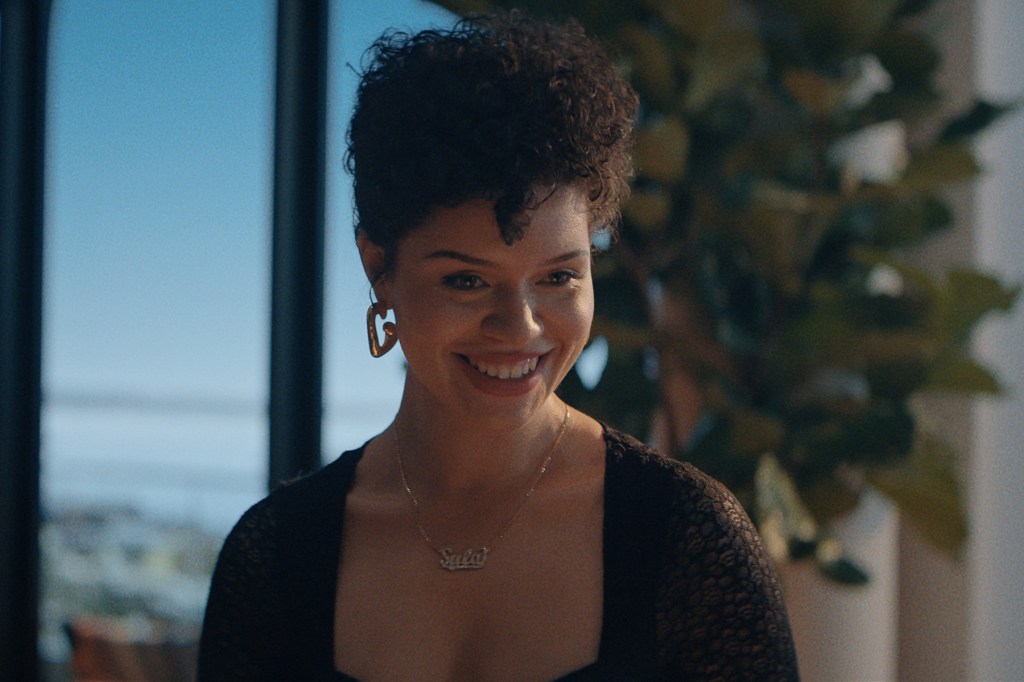
Trending on Billboard Denzel Washington is not often moved to tears, but he was during Aiyana-Lee’s performance in a scene from Highest 2 Lowest. It appears that Denzel getting emotionally shaken up wasn’t part of Spike Lee’s script either, which the Brooklyn-bred director revealed in an interview with Variety on Tuesday (Nov. 25). Lee detailed […]

Trending on Billboard Ariana Grande and Cynthia Erivo‘s musical Wicked explainer on The Tonight Show Starring Jimmy Fallon went viral last year — and now, there’s a version for the munchkins in your life too. Premiering exclusively on Billboard Family below, Karis Musongole and Scarlett Spears — who play young Elphaba and Glinda in the […]

 State Champ Radio
State Champ Radio 